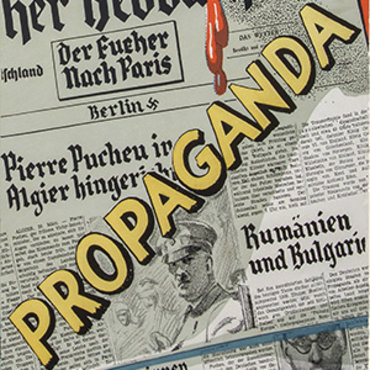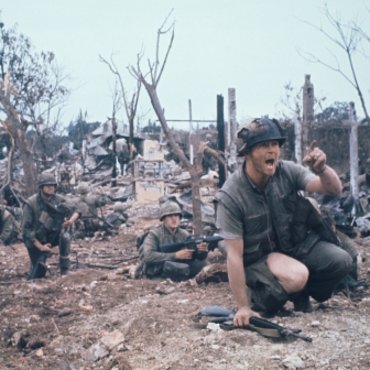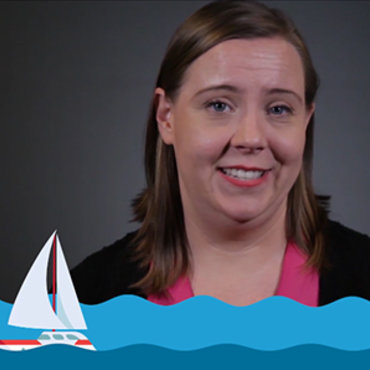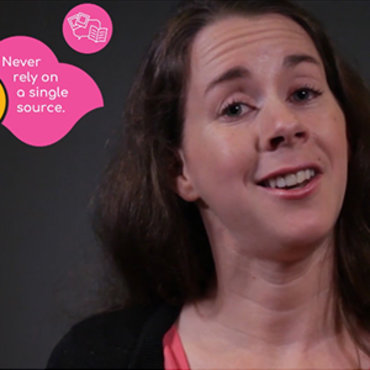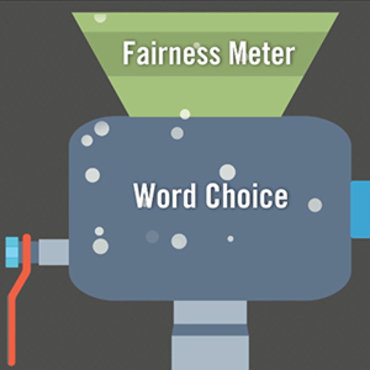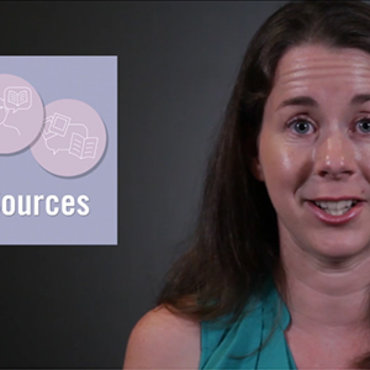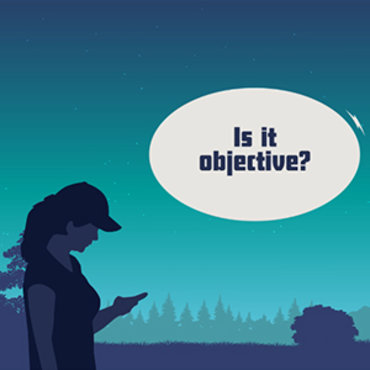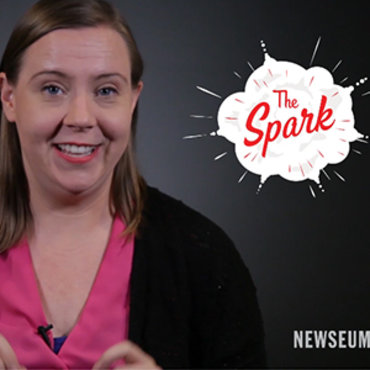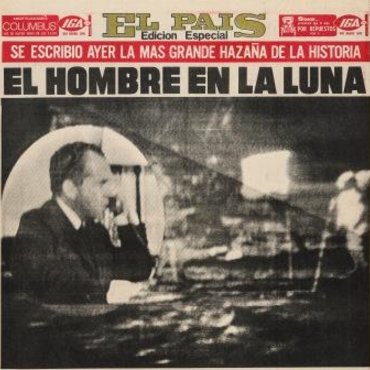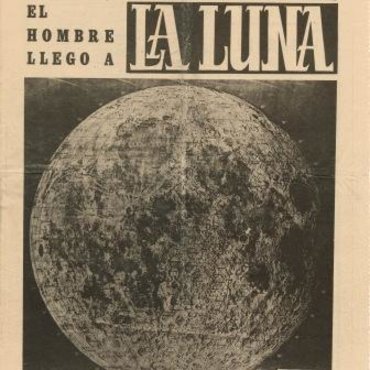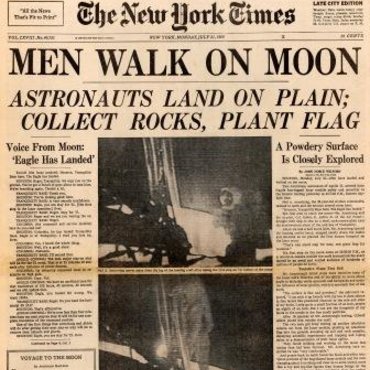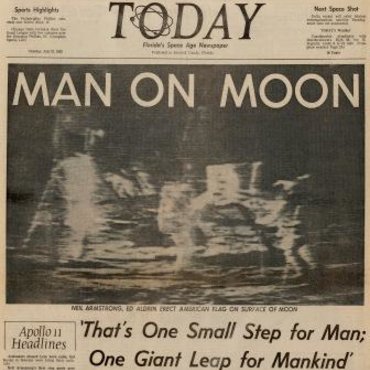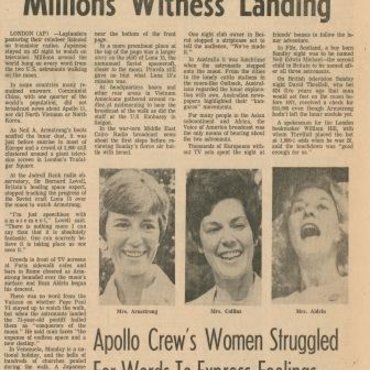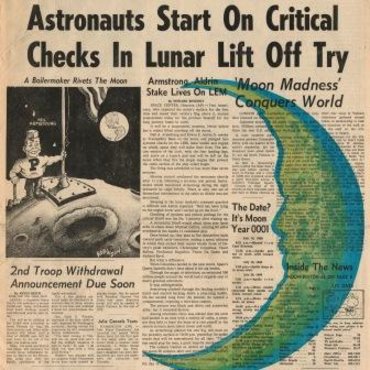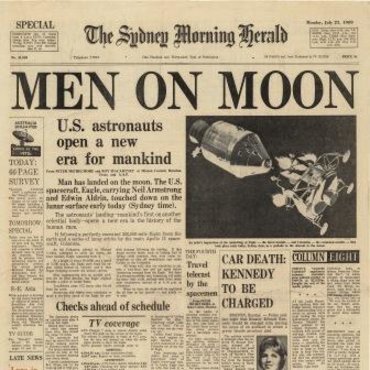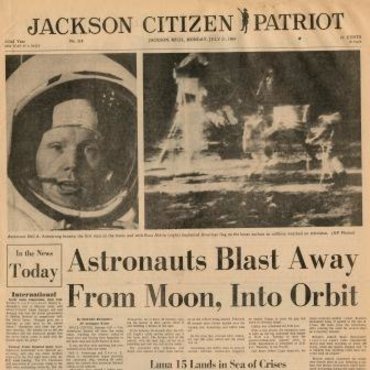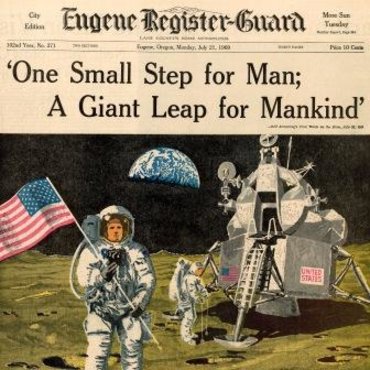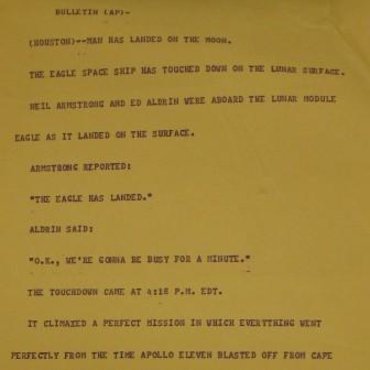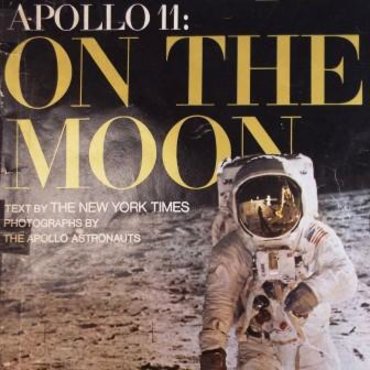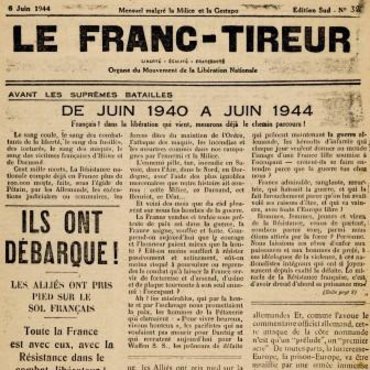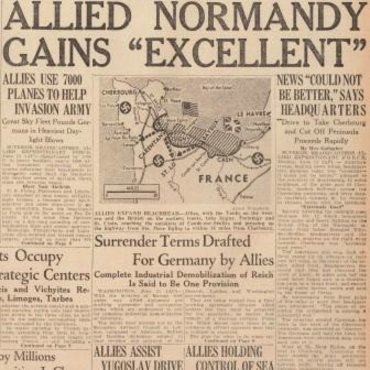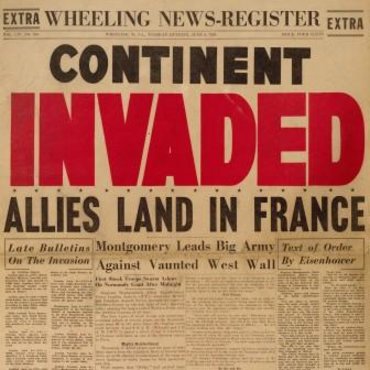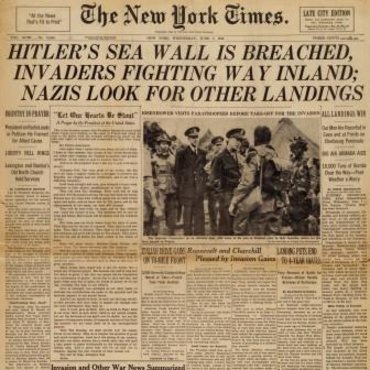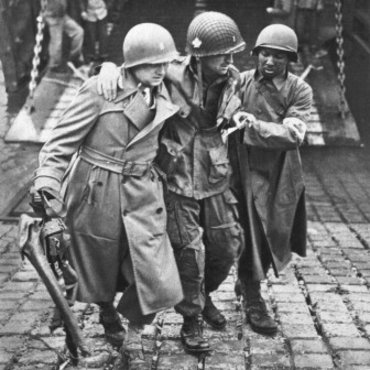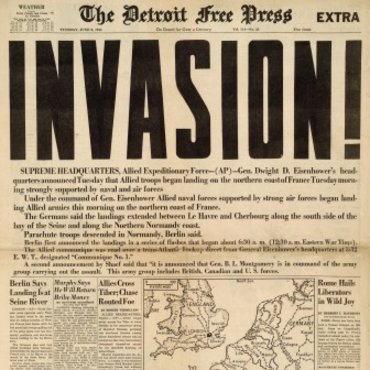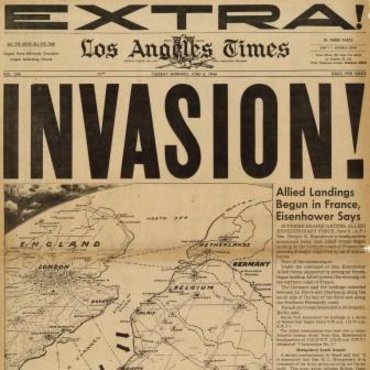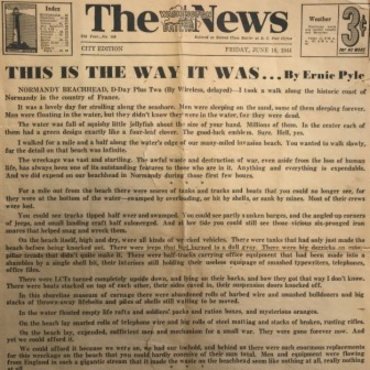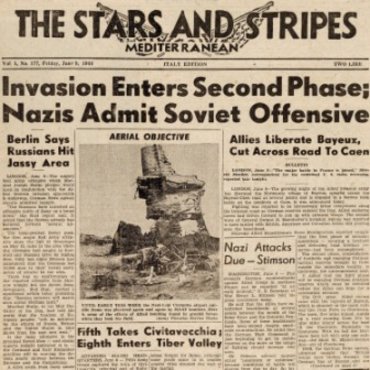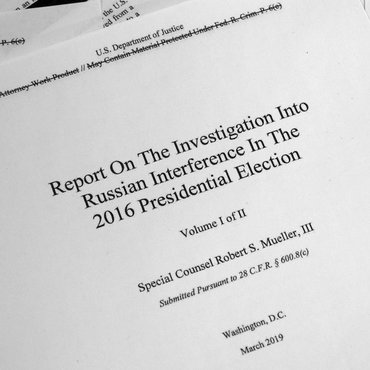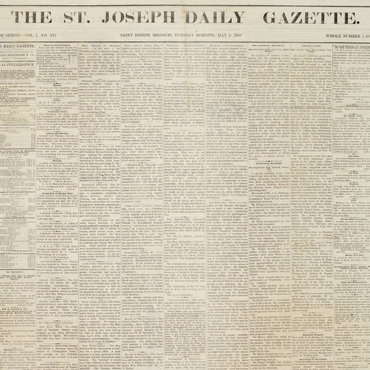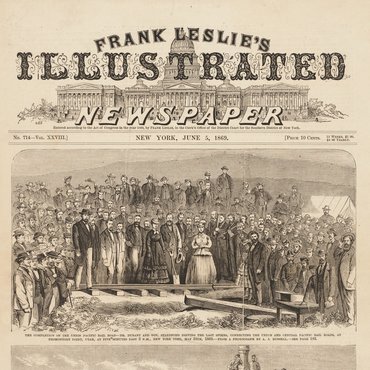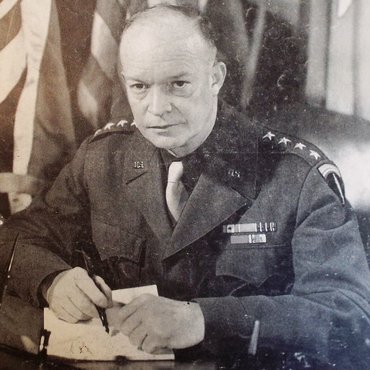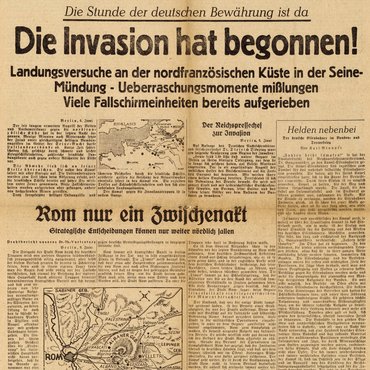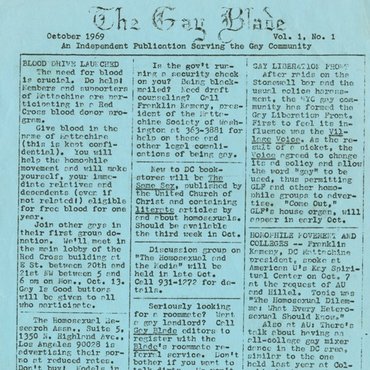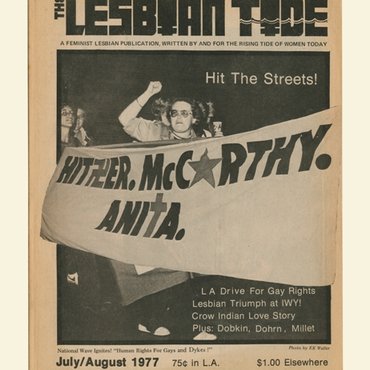
Propaganda Through History: Analyzing Historical Sources
In the battle for hearts and minds, propaganda has always played an essential role. In this activity, students use the E.S.C.A.P.E. strategy to closely analyze a historical source, shedding light on how propaganda has evolved and drawing comparisons to today’s manipulative media messages.
Get even more great free content!
This content contains copyrighted material that requires a free NewseumED account.
Registration is fast, easy, and comes with 100% free access to our vast collection of videos, artifacts, interactive content, and more.
NewseumED is provided as a free educational resource and contains copyrighted material. Registration is required for full access. Signing up is simple and free.
With a free NewseumED account, you can:
- Watch timely and informative videos
- Access expertly crafted lesson plans
- Download an array of classroom resources
- and much more!
- Journalism
- 6-12
- In advance: Review the gallery of historical sources on this page. Prepare access to/copies of example(s) of contemporary propaganda (see materials section).
- As a class, define propaganda. Be sure your definition includes the ideas that propaganda is a persuasive message/media intended to influence thoughts and actions and that it may attempt to override reason/facts with emotions/gut reactions. Explain that propaganda can be used to promote a wide variety of causes, some of which we would deem “good,” and some of which we would deem “bad,” and that students may be familiar with many propaganda techniques because advertisers use them to sell goods and services. Being able to identify propaganda is important in order to make sure that we are forming our opinions about the world based on facts and not being manipulated into thinking/doing things without realizing it.
- Hand out the Propaganda Through History worksheet and assign students one of the historical sources in the gallery on this page to analyze. They may work in teams, pairs or individually. You may choose to go over the E.S.C.A.P.E. Junk News poster to prepare students to employ its six ways to analyze an artifact: evidence, source, context, audience, purpose and execution.
- When students have completed their worksheet, look at the historical sources in the gallery as a class and briefly explain what each one is.
- Then discuss the questions below.
- Propaganda Through History worksheet (download), one per student
- Access to the gallery of historical sources on this page, either printed copies or via devices
- Contemporary examples of propaganda (one possible source: Mind Over Media)
- E.S.C.A.P.E. Junk News poster (for reference, optional download)
- Consider each example. Why might it be considered propaganda? What idea or cause is it for/against?
- How do these examples attempt to persuade their audience? What tactics do you see being used?
- Which of these examples do you think would be the most effective at persuading people to agree with its cause? Why?
- Do you think individuals looking at these examples at the time they were created recognized them as propaganda? Why or why not?
- Do you think any of these sources could be confusing to readers? Explain.
- Why is it important to recognize propaganda when looking at historical sources? Why is it important when looking at present-day media?
- How are these examples of propaganda the same as/different from propaganda seen today?
-
Common Core State Standards: CCSS.ELA-LITERACY.CCRA.R.1
Read closely to determine what the text says explicitly and to make logical inferences from it; cite specific textual evidence when writing or speaking to support conclusions drawn from the text. -
Common Core State Standards: CCSS.ELA-LITERACY.CCRA.R.7
Integrate and evaluate content presented in diverse media and formats, including visually and quantitatively, as well as in words. -
Common Core State Standards: CCSS.ELA-LITERACY.CCRA.R.8
Delineate and evaluate the argument and specific claims in a text, including the validity of the reasoning as well as the relevance and sufficiency of the evidence. -
Common Core State Standards: CCSS.ELA-LITERACY.CCRA.SL.1
Prepare for and participate effectively in a range of conversations and collaborations with diverse partners, building on others' ideas and expressing their own clearly and persuasively. -
Common Core State Standards: CCSS.ELA-LITERACY.CCRA.SL.2
Integrate and evaluate information presented in diverse media and formats, including visually, quantitatively, and orally.
-
ISTE: 3b. Knowledge Constructor
Students evaluate the accuracy, perspective, credibility and relevance of information, media, data or other resources. -
ISTE: 3d. Knowledge Constructor
Students build knowledge by actively exploring real-world issues and problems.
-
National Council of Teachers of English: NCTE.1
Students read a wide range of print and non-print texts to build an understanding of texts, of themselves, and of the cultures of the United States and the world; to acquire new information; to respond to the needs and demands of society and the workplace; and for personal fulfillment. Among these texts are fiction and nonfiction, classic and contemporary works.








